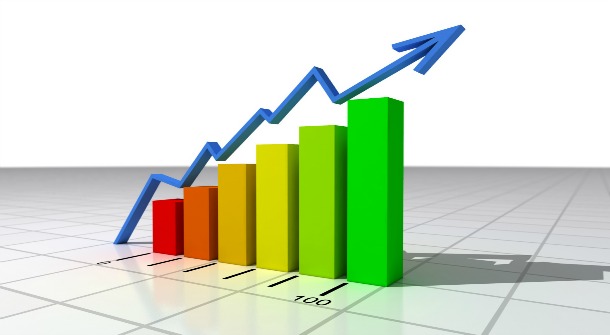Under demand-pull inflation, we have shown how expansion in aggregate demand without a proportionate increase in the supply of goods and services leads to an inflationary situation. However, it is not necessary to have a general increase in demand to bring about inflationary pressure. Sometimes, the increase in demand may be confined to some sector of the economy and this increase in demand and the consequent rise in the price in a particular sector may spread to other sectors. Suppose the demand for agricultural goods rises because of inadequate supplies of these goods, there would be a consequent rise in the price of agricultural goods.… Read the rest
Economics Principles
Measuring National Income – Three Methods of Measuring National Income and Output
National income can be defined as the part of the objective income of the community including income derived from abroad which can be measured in money i.e the money value of goods and services which is produced and made available for consumption in an economy for a particular period which is usually a year. National income, also known as Gross Domestic Product (GDP) is very helpful to the economists to track the economic growth’s rate, average living standard in one country as well as the distribution of income between different groups of population (i.e. inequality gap).
For measuring the national income, the national economy is viewed as follows:
- The national economy is considered as an aggregate of producing units combining different sectors such as agriculture, mining, manufacturing and trade and commerce.
What is National Income?
National income is the final outcome of total economic activities of a nation. Economic activities generate two kinds of flow in a modern economy namely, product-flow and money-flow. Product-flow refers to flow of goods and services from producers to final consumers. Money flow refers to flow of money in exchange of goods and services. In this exchange of goods and services, money income is generated in the form of wages, rent, interest and profits, which is known as factor earning. Based on these two kinds of flows, national income is defined in terms of:
- Product flow
- Money flow
National income is the sum of money value of goods and services generated from total economic activities of a nation.… Read the rest
Limitations of Break Even Analysis
To the management, the utility of break-even analysis lies in the fact that it presents a picture of the profit structure of a business firm. Break-even analysis not only highlights the areas of economic strength and weaknesses in the firm but also sharpens the focus on certain leverages which can be operated upon to enhance its profitability. Through break-even analysis, it is possible for the management to examine the profit structure of a business firm to the possible changes in business conditions.
There are some important limitations of break-even analysis, which are to be kept in mind while using break-even analysis.… Read the rest
Volume-Profit Analysis
Volume-Profit Analysis is very similar to the break-even analysis and is based on the relationship of profits to sales volume. The profit-volume graph shows the relationship of firm’s profit to its volume. Total profit or loss is measured on the vertical axis above the X-axis and the loss below it. The volume is measured on the X-axis, which is drawn at the point of ‘Zero-Profit’. Volume is usually expressed in tonnes of percentage of full capacity. The maximum loss, which occurs at zero sales volume, is equal to the fixed cost and is shown on the vertical axis below the X-axis.… Read the rest
Profit Forecasting in Managerial Economics
Profit planning cannot be done without proper profit forecasting. Profit forecasting means projection of future earnings after considering all the factors affecting the size of business profits, such as firm’s pricing policies, costing policies, depreciation policy, and so on. A thorough study including a proper estimation of both economic as well as non-economic variables may be necessary for a firm to project its sales volume, costs and subsequently the profits in future.
Approaches to Profit Forecasting in Managerial EconomicsAccording to Joel Dean, a famous economist, there are three approaches to profit forecasting, which are as follows:
- Spot Projection: Spot projection includes projecting the profit and loss statement of a business firm for a specified future period.

